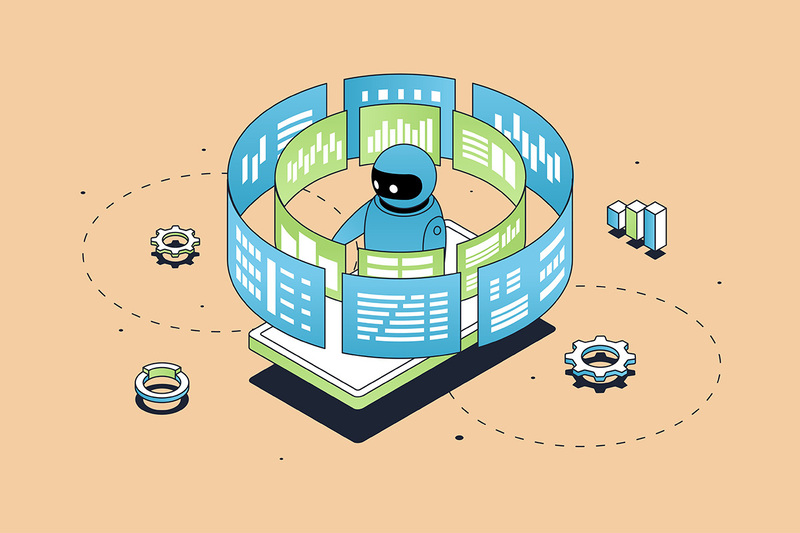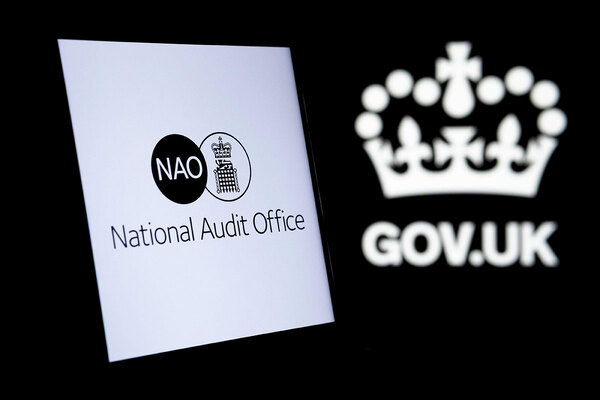Artificial intelligence for housing management: resident engagement
Artificial intelligence (AI) is already transforming how housing providers interact with residents, from multilingual chatbots to automatic repair triage. In this article, the first in a series, independent AI advisor Dr Guy Marshall explores how AI can improve engagement and communication with residents
Learning outcomes
- Understand the fundamental considerations when starting to use AI to engage with residents
- Explore the risks associated with using AI to communicate with residents, and how to manage them
- Learn four different ways that housing associations are currently engaging with residents through the use of AI
- Discover how AI is likely to be used for resident engagement moving forwards
Artificial intelligence (AI) is already transforming how housing providers and residents interact with each other. This article explores how AI is already being used for resident engagement and communications (by both landlords and residents), its potential uses moving forwards, and some top tips for AI use that housing management teams can begin to implement immediately.
This is the first of a three-part series on AI for housing management. Subsequent articles in this series will explore AI for repairs and AI for governance, in November and December respectively.
Automation versus human contact: a balancing act
With its potential to automate manual processes, AI offers significant opportunities for short-term wins. The challenge is to determine where automation should stop, and human contact should begin.
When it comes to communicating and engaging with residents, many housing providers are adopting a hybrid approach; either letting residents choose when to escalate to a human, or using AI just for initial triage so that queries reach the right member of staff more quickly.
AI depends on data, and readers will be aware that data integrity is in social housing’s sector risk profile. The cultural aspects of fixing data at source and using data to drive organisational decisions therefore also continue to be a challenge for the sector.
How are residents using AI?
The use of AI in housing management is a two-way street; increasingly, residents are using AI to interact with their landlords. Examples of this include using AI to write more formal complaint letters, or to translate communications from their landlord.
Using AI, tenants are becoming more empowered to interact better with their landlords’ processes to get a desired outcome. For some residents, such as dyslexic people, AI can reduce their barriers to making complaints. This should be welcomed and understood, as it levels the playing field and allows more tenants’ voices to be heard.
Communicating AI use to tenants
When communicating with tenants about their use of AI, transparency from landlords is crucial. While the Data Protection Act 2018 provides some boundaries, ethical AI use extends beyond compliance.
Some providers have published customer charters for AI, explaining how AI will be used in their organisations (regardless of whether it is processing customers’ data or not).
Importantly, this engagement should continue after the rollout of AI software/processes. In all areas that AI is being used, housing providers should actively gather feedback from tenants on their interactions, monitoring satisfaction levels and making adjustments accordingly.
Co-design methods, such as involving resident panels in the designing and testing of chatbot prototypes, can help to build trust and deliver better outcomes. Communicating that the AI is there to support staff, not to replace them, can also help to reassure residents who may worry about their personal needs being “processed” rather than met as and by a human.
Risks to avoid
Like anything new, AI comes with risks. Some key things to consider:
- Inaccurate outputs (‘hallucinations’). AI can give confident but incorrect responses. If unmonitored, this creates service risks for tenants.
- Bias. All decision-making – human or machine – contains bias. The danger with AI is when its hidden biases go unmonitored and unmitigated.
- Accessibility and exclusion. Language translation is now easier than ever, but digital exclusion risks have grown as service provision becomes more digital. Human and non-digital alternatives must therefore remain accessible for all.
- Lawfulness and safety. Many housing provider boards are rightly concerned about legality and data breaches. Good IT governance and minimisation of Shadow IT (technology that is used within an organisation, but which is not known or managed by the organisation), are key. Automated decision-making in particular – for example, using data to identify potential tenancy failures – needs robust oversight. Robust governance is also crucial: all organisational policies may require a review in light of AI (this will be covered in detail in part 3 of this series, focusing on AI for governance).
Examples of AI in action
Many housing management teams are already experimenting with the use of AI in different resident-focused areas.
The following are current examples of limited-scope AI use among housing providers:
- Tone of voice: Magenta Living has set up an AI to write communications in ‘its’ tone of voice. This leads to clearer, more consistent communication with residents.
- Complaint root cause analysis: Yorkshire Housing is using AI to categorise complaints and identify patterns in their root causes – allowing them to pursue sustained fixes for common problems.
- Business intelligence: Platform Housing Group uses AI to transform text into queries that will run using their own data, gathering particular data and creating reports to save the time taken for their insights team to do the same job.
- Governance support: Board members are using AI to summarise regulatory guidance and new legislation, to help them understand potential impacts to their organisation and its residents.
How will AI be used for resident engagement moving forwards?
In the social housing sector, we will see increased adoption of AI in call centres, allowing resources to be diverted to provide human interaction where it is needed most.
Generative AI could also be used to co-design service options with residents, by creating more personalised pathways for co-design.
Increasingly, Generative AI could also be used to proactively identify problems before they arise (this will be covered in detail in part 2 of this series, focusing on AI for repairs).
And AI-driven analytics could give housing management teams insights into community-wide trends, complementing personal relationships built by neighbourhood managers. This could help the sector to scale up personalised support for residents, meet the challenges of the current housing crisis, and ensure under-represented voices are heard.
Top tips for getting value now
- Set up an internal AI working group that includes frontline staff and resident representatives
- Identify potential quick wins, evaluating any trials robustly and collaboratively
- Lay foundations for long-term, data-driven transformation: first, get the basics right around cyber, data integrity and a data-driven culture
Using AI as a means, not an ends
AI is already reshaping how housing associations engage with residents. From chatbots that handle rent queries, to multilingual support tools that bridge communication gaps, the evolving technology offers clear benefits for day-to-day housing management operations.
But efficiency, while important, is not the only element of good housing.
Housing providers must remember that effective resident engagement is fundamentally about relationships, trust and care. AI should be treated as a tool to free up human capacity and extend service delivery, either scaling it up across a larger portfolio or extending its capacity to better serve existing residents.
Alongside pursuing short-term, value-for-money ‘wins’, housing providers should start working towards consolidated data platforms in order to address important problems that can only be solved by combining knowledge about people and place.
By being transparent, inclusive and vigilant about the risks, housing providers can ensure AI strengthens resident engagement and communication, while keeping empathy at the heart of their housing services. Ultimately, the opportunity for resident engagement is not to provide faster responses, but to build more trusting relationships with residents.
Subscribe to Inside Housing Management and sign up to the newsletter

Inside Housing Management is the go-to source for learning, information and ideas for housing managers.
Subscribe here to read the articles.
Already have an account? Click here to manage your newsletters.
Latest stories








